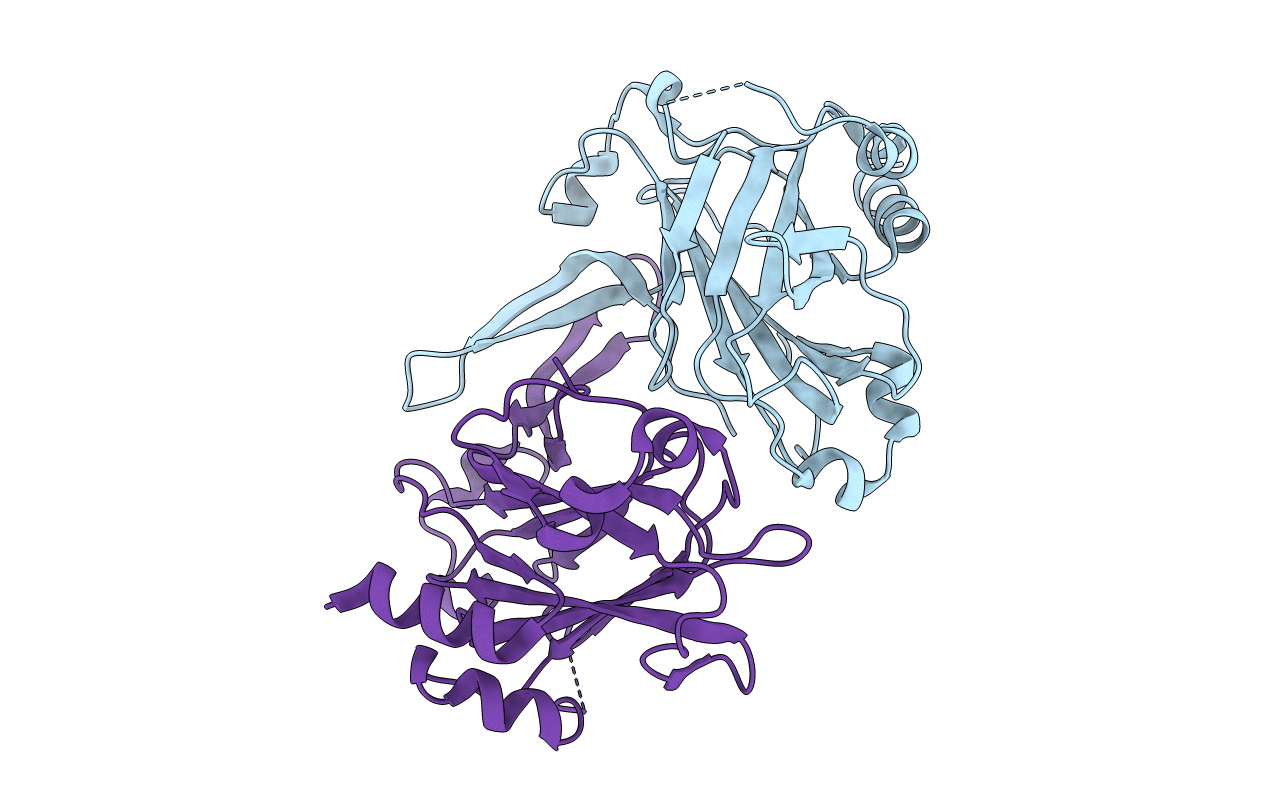
Deposition Date
2009-02-06
Release Date
2009-02-24
Last Version Date
2024-03-13
Entry Detail
PDB ID:
2ZZ8
Keywords:
Title:
Crystal structure of LipL32, the most abundant surface protein of pathogenic leptospira spp
Biological Source:
Source Organism:
Leptospira interrogans (Taxon ID: 173)
Host Organism:
Method Details:
Experimental Method:
Resolution:
2.01 Å
R-Value Free:
0.21
R-Value Work:
0.18
R-Value Observed:
0.18
Space Group:
P 32 2 1


